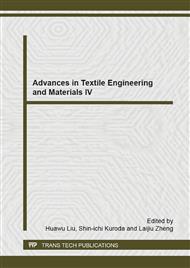p.545
p.550
p.554
p.560
p.567
p.571
p.575
p.579
p.584
The Research of CAPP System Based on Knowledge Integration
Abstract:
After analyzing the present process design technology, the research integrates the present process design technology with CAPP system. In the paper CAPP system based on knowledge integration is introduced here. And the system’s framework, data structure, function and its’ work flow and design and realization methods are discussed in detail. With the application of the process design system integrated with knowledge, the knowledge of process design will be managed in a unified way and shared among it’s users. Thus the time spent on production research will be shortened, and the manufacturing facility will be improved.
Info:
Periodical:
Pages:
571-574
Citation:
Online since:
October 2014
Authors:
Keywords:
Price:
Сopyright:
© 2014 Trans Tech Publications Ltd. All Rights Reserved
Share:
Citation:


